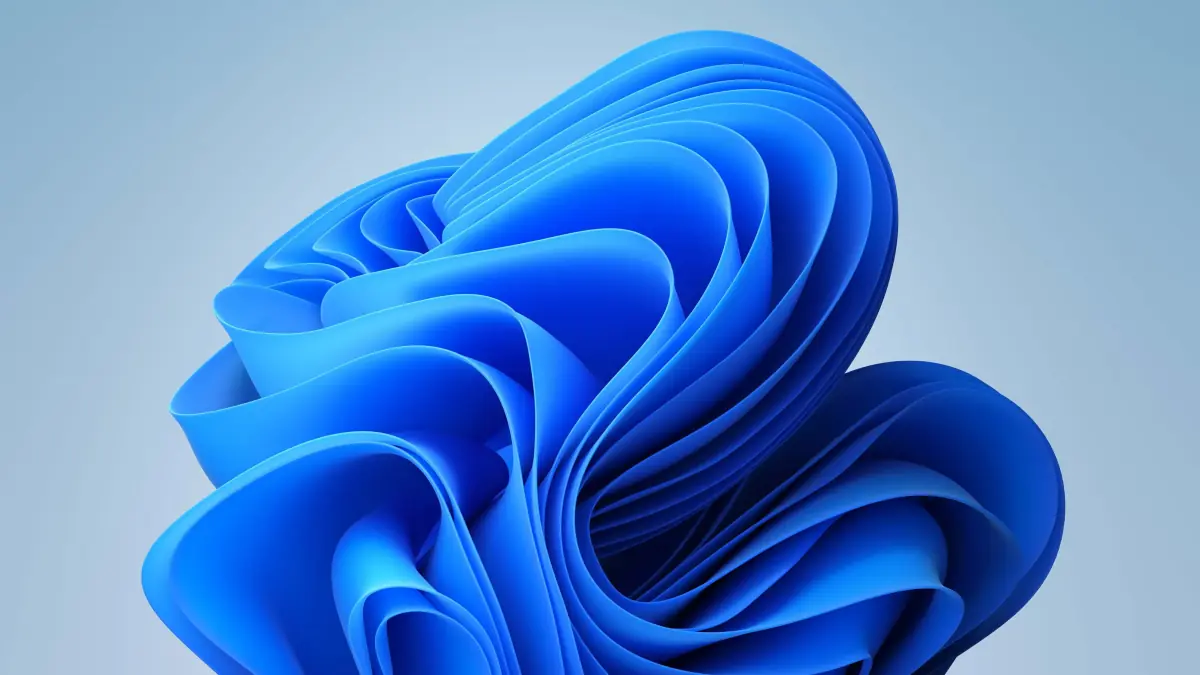Windows 10 Includes A New Universal Shaping Engine To Support Number Of New Languages
2 min. read
Published on
Read our disclosure page to find out how can you help MSPoweruser sustain the editorial team Read more
A shaping engine enables scripts with contextual and non-linear typographic requirements to be displayed on a computer. Since Windows is a truly global product, anyone in the world expect to type in their language in Windows. Not all languages are supported on Windows because of the lack of shaping engine which is used for so-called complex text layout, which is needed for about half of the world’s writing systems. Customers have been able to install their own fonts and keyboards but their script things wouldn’t look right because of lack of shaping engine.
With Windows 10, Microsoft has developed a new kind of shaping engine, a “universal shaping engine”, that is capable of supporting any complex script when provided with a suitable font.
There are four parts to this engine that make it universal:
- It consumes data directly from the Unicode Standard
- It uses a “universal cluster model” that models the superset of human writing systems
- It enables OpenType font features to support cutting edge typography
- The specification is available publically
The following writing systems are now supported using the Universal Shaping Engine on Windows 10. Some of these were supported on previous versions of Windows using different technology.
Balinese, Batak, Brahmi, Buginese, Buhid, Chakma, Cham, Duployan, Egyptian Hieroglyphs, Grantha, Hanunoo, Javanese, Kaithi, Kayah Li, Kharoshthi, Khojki, Khudawadi, Lepcha, Limbu, Mahajani, Mandaic, Manichaean, Meitei Mayek, Modi, Mongolian, N’Ko, Pahawh Hmong, Phags-pa, Psalter Pahlavi, Rejang, Saurashtra, Sharada, Siddham, Sinhala, Sundanese, Syloti Nagri, Tagalog, Tagbanwa, Tai Le, Tai Tham, Tai Viet, Takri, Tibetan, Tifinagh, and Tirhuta.
Read more about it here.









